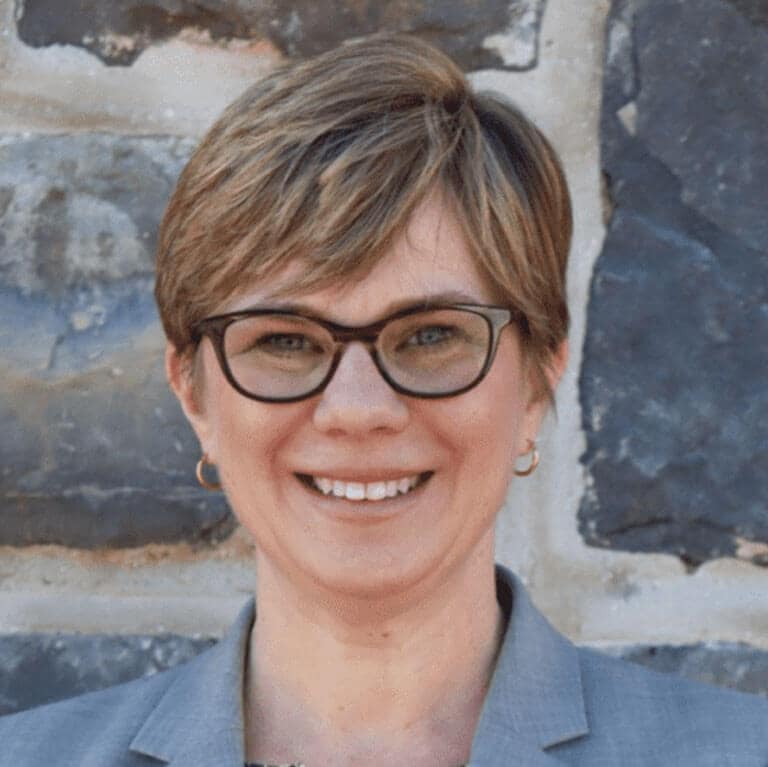Dr. MaryEllen Vogt will present a brief overview of the SIOP Model, including its origin, rationale, and research support.
Teacher Education & Helping Professions
Set students up for success in their courses and careers
Course-specific resources by discipline

Pearson+
Empower students to choose how they learn best with easy-to-use eTextbooks and study tools, available in Pearson+.

Authentic integrated videos
Provide real-world context with authentic classroom or clinical videos integrated within many Pearson+ eTextbook titles.

LMS-compatible assessment bank
Streamline assignments and grading using a packaged file including quizzes, application exercises and chapter tests.
Visit your title’s product page to download the assessment bank

Get the eTextbook experience
Find your title in our comprehensive catalog and request complimentary access to an eTextbook, available in Pearson+.




Explore titles for education, social work, counseling, and communication disorders.
Featured news
Congratulations to these amazing authors for their accomplishments. Learn more about how these Pearson authors have been recognized.
Anita Woolfolk Hoy, for being an AERA Presidential Citation 2023 award recipient
Kristin Gehsmann, who was named Dean of Clemson University’s College of Education

Anita Woolfolk Hoy
author of Educational Psychology, 15th Edition

Kristin Gehsmann
author of Teaching Reading and Writing: The Developmental Approach, 2nd Edition
Join author Dr. Adam Jordan to learn how assessment can be used as a tool for inclusion and teacher empowerment. Includes overview of responsibilities and practical applications of concepts.
Join Drs. William L. Heward, Sheila Alber-Morgan, and Moira Konrad for a discussion on nine ethical requirements for effective special education teachers.
-
Teaching with social media: How to use tech to communicate with students
This blog series highlights educators who have embraced social media in their ongoing quest to meet students where they are, increase engagement, and improve results. Through these stories, you’ll discover how they got started, learn a few tips to make your foray into social media as seamless as possible, and hear some advice about incorporating these new technologies and platforms into your instruction or institution.
Social media helps my students engage with me and buy into the course a little more.
Plus, social media allows me to share a lot of real-life examples with students. I’m always looking for authentic learning experiences that show students more than just what we see in the abstract lecture — things that impact real life. YouTube™ allows me to extend the boundaries of the classroom, because I can upload short videos about lectures from the class.
Be willing to adapt
Don’t be afraid to evolve with your students. For instance, I don’t use Facebook much myself anymore. But that was the first place I used to upload examples and make it a resource — I could communicate with students where they were, rather than telling them to go into the LMS.
And ten years ago, students were certainly on Facebook more than they were on our LMS. But students have changed. They don’t use it that much anymore, so neither do I. It evolves every semester.





